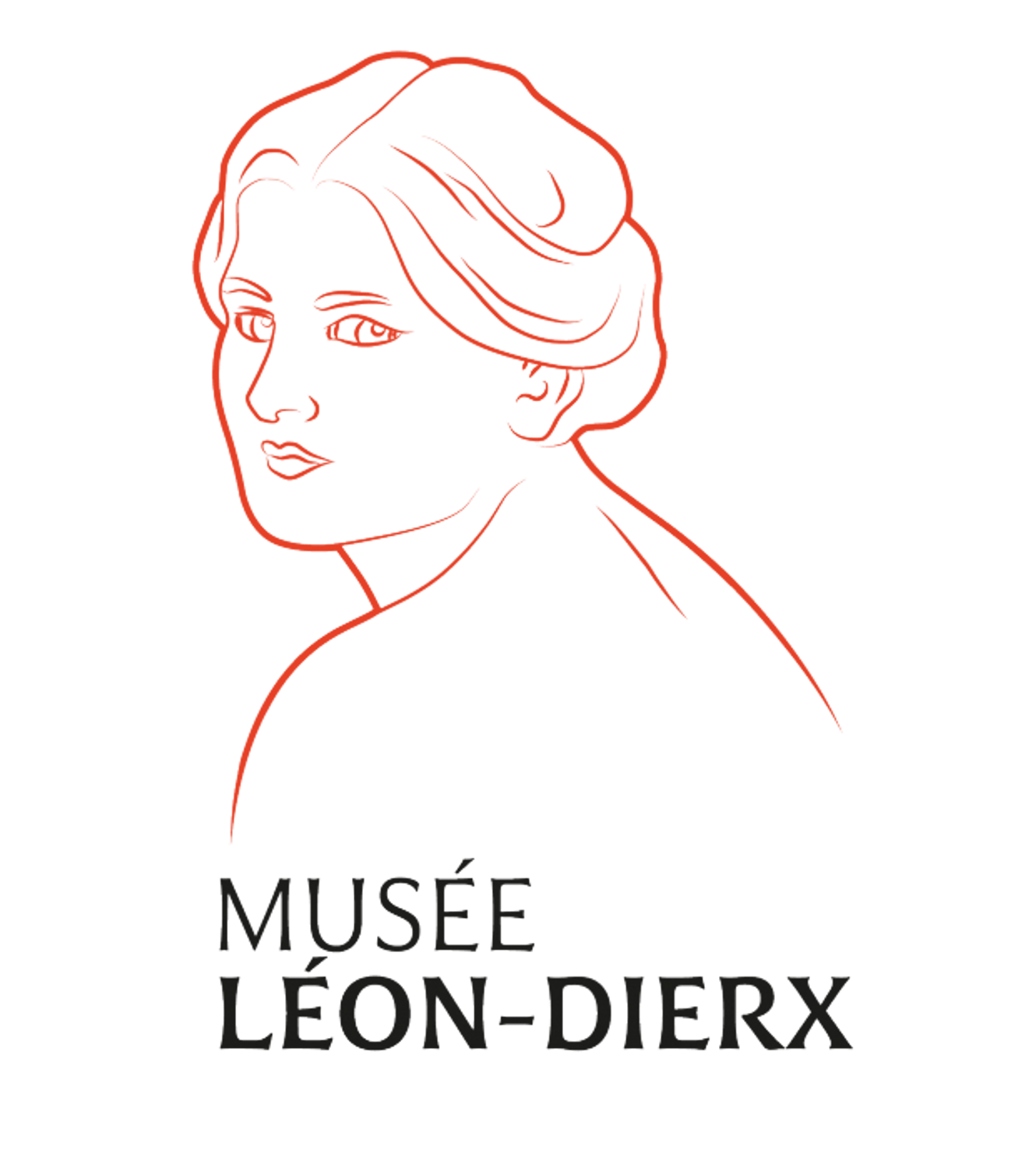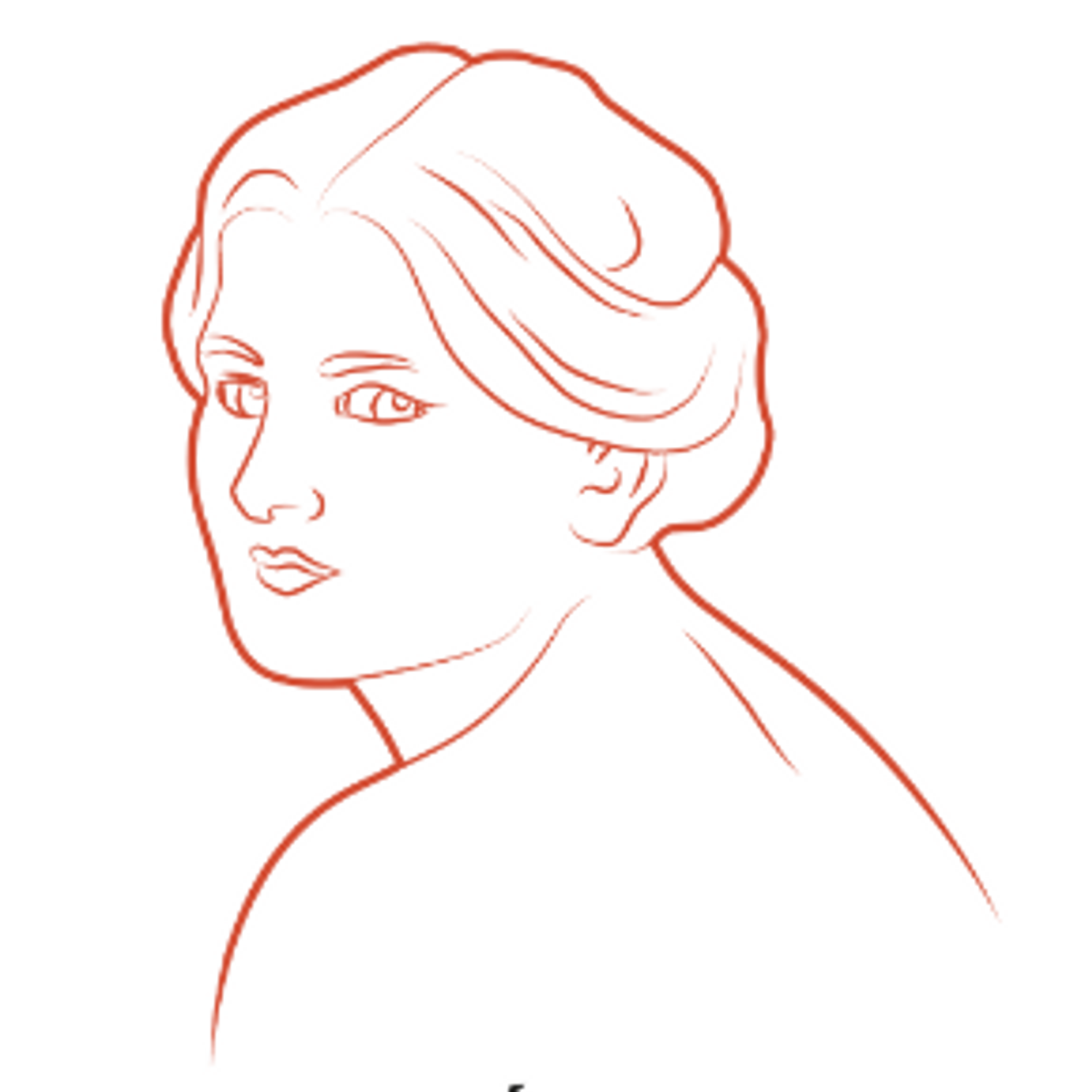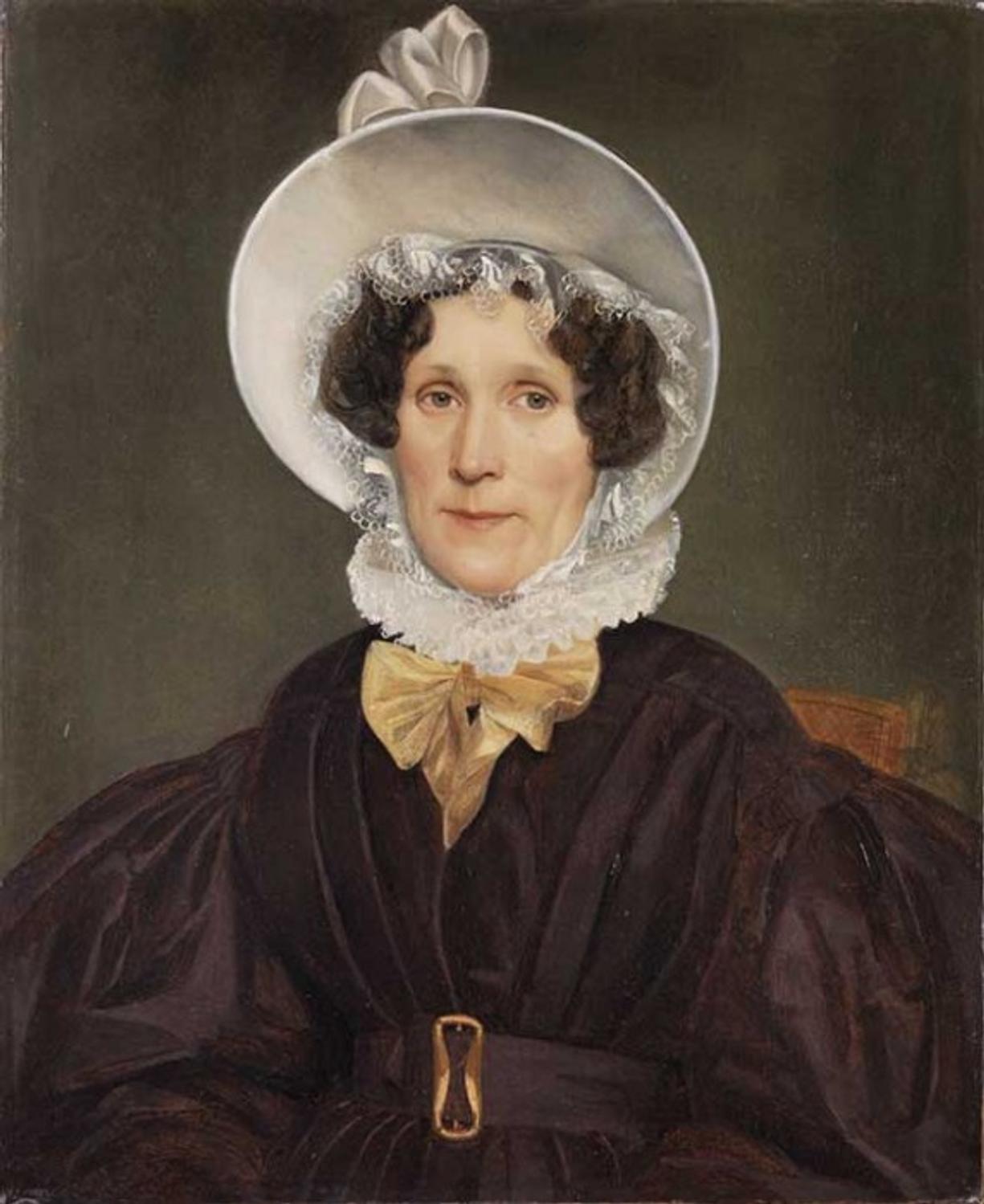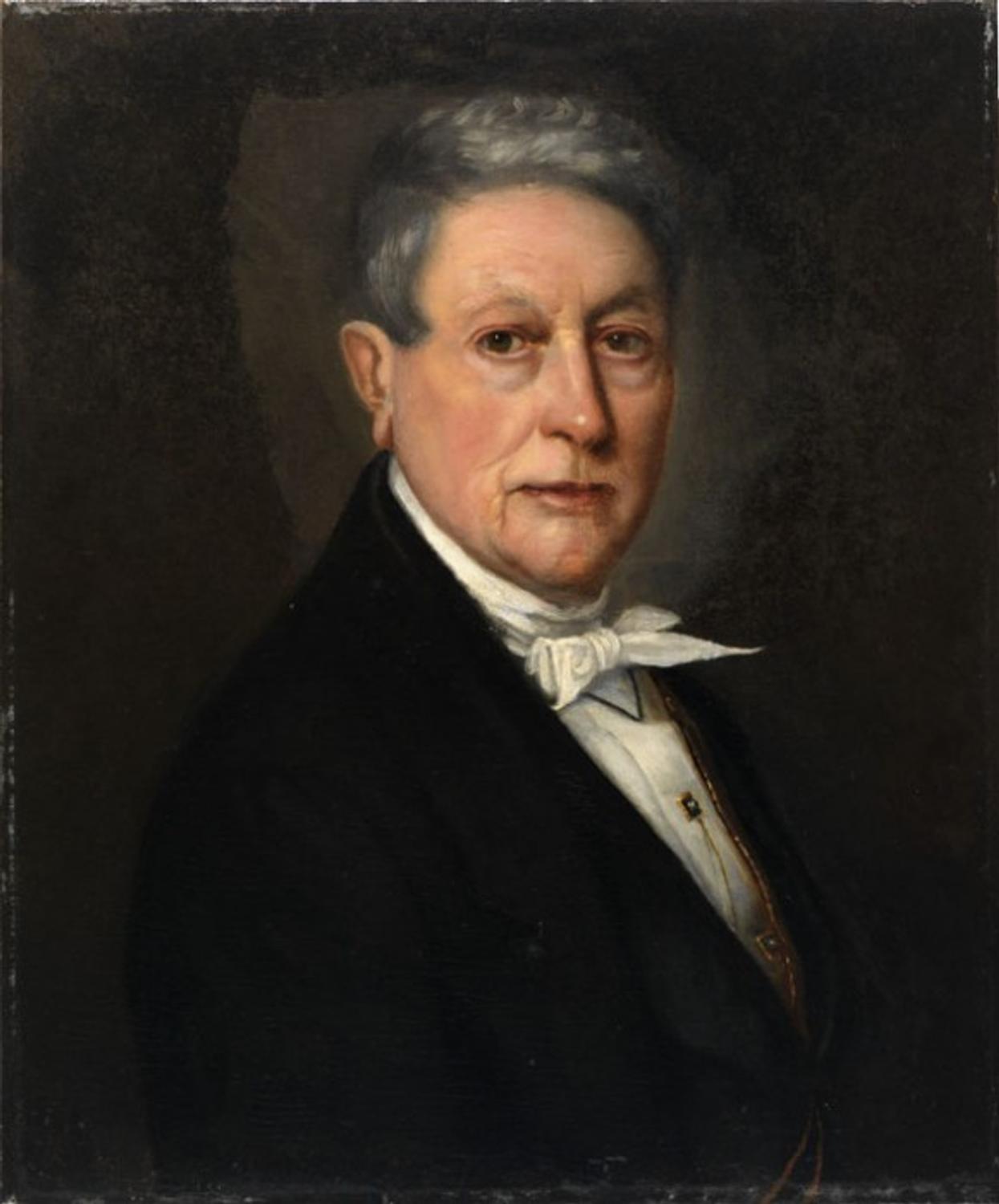THE PORTRAIT DURING THE 19TH CENTURY
Adèle Ferrand, Portrait d'Augustine Bernard (soeur d'Adèle), 1839
Resemblance and credibility
A portrait is essentially the closest possible representation of an individual. The criterion of physical resemblance is important, but the portrait also reflects the model’s character, psychology and social group. The person who commissions the artist must be able to « recognise » himself or herself in the portrait and the other spectators must also be able to recognise him or her. The question is not simply one of resemblance, but also of credibility.
For a realistic portrait, the model has a choice of format, pose, clothes and setting: neutral, indoors or out in the open air. Women, more often than men, like to see an idealised face and a suitable pose depending on the fashion, so ultimately one which is stereotyped. Portraits of children, in a period when many of them never had time to grow up, were always charming and indicated the attachment of the child for his parents. For men, the necessity of asserting their social status and being identified as such, led them to pose with the elements of their social function or favourite activity.
In the 19thcentury, portraits were very common. They were not all masterpieces, but they responded to two demands: on the one hand that of the person commissioning, in particular the members of the new commercial bourgeoisie who wished to assert its existence and its values; and on the other hand the need for artists to earn a living. The portrait, a painting of a reasonable format, was a source of income more easily earned than historical paintings.
Jean-Auguste Poussin, Autoportrait (Self-portrait), around 1830
Following the tradition of Ingres
During this period, there existed two opposing visions of the portrait: that of the Romantic « colourists » such as Delacroix, who reflected the character of the model with poetry and imagination and then the « illustrators » such as Ingres and his many pupils, whose aim was to reflect as faithfully as possible all the specific details characterising the model. The school of Ingres most probably produced the largest number of remarkable portrait painters.
As from the middle of the 19thcentury, the development of photography made it possible to produce portraits perfectly resembling the model at a very low cost. As from the Impressionist period, this innovation enabled painters to consider portraits as works of art rather than exercises in credibility. We can note that nearly all the painters produced their own self-portrait.
The important novelty as regards 19thcentury men’s fashion were the austere black clothes worn by all the men of the bourgeoisie, whatever their profession or social function. Elegance was determined by the cut of the suit, the immaculate whiteness of the shirt and the discreet imaginative style of the necktie. For the painter, it was that the sitter’s face and hands that remained the focus of his skill. As regards the women, as their role in society was mainly to look pretty and of course be good mothers, they were painted wearing dresses of refined cloth, black, white or sometimes coloured and decorated with elements of lace. Younger women exposed their shoulders and they wore jewellery, but all this had to be discreet, in a word in good taste. The bourgeois society never advertised its luxury too ostentatiously. The painter had to express the physical character of his model, but above all the social image that the bourgeoisie wished to project.







